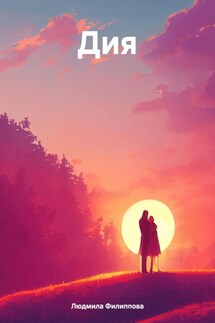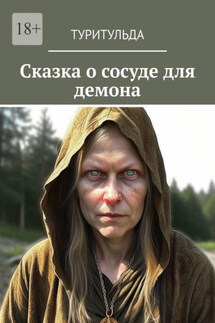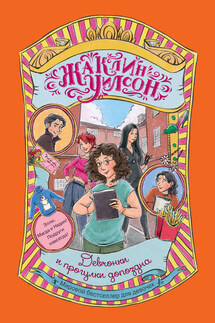Khon Yush. Way From the Ob - страница 16
Today there were no merchants, and no cheerful fairs. The inhabitants of the taiga outback wondered where did they go. None of them could know that those wealthy merchants were either destroyed, or exiled to the most distant parts of the USSR.
And the holy city of the Khanty princes Taishins – Pulnavat Vosh, which was located at the exit of the Poluy River on the Ob, has already been renamed several times. But he was subject only to the Khanty gods, located just below the city – this is what from generation to generation the Khanty people respectfully passed on to their children. The Great Turam assigned his best sons to rule since the advent of land, when the sacred bird Gavia pulled this land from the sea, and called the fiery river cape Lunkh Avat. They protect the ancient settlement Pulnavat Eokh from misfortunes. The sacred cape of the gods is revered even by wayward Nenets and other small nations living off the coast of the Ob. The gods sitting there were so mighty that no woman could even watch in that direction, not to mention stepping on that sacred cape with her filthy feet. Coming to the winter fairy, and passing the Lunkh Avat cape by in order not to disturb the gods, men had to sacrifice a deer. Then the Pulnavat settlement was populated by the Russians and Zyryans, and was renamed to Obdorsk. This is how they wrote it down in Russian papers, without even asking the owners of the land. After that the Taishin clan left the town, and settled above the sacred cape of gods. Long live this family guarded by great gods. The town was later called Salekhard. But for Levne it was still the town of the Grand Prince, who was paid by her grandfather and great-grandfather. Passing through or by, each Khanty man had to bring a gift – toss a silver coin into the clear water of the Ob. Those who passed Lunkh Avat by and moved further, had to bring a bloody sacrifice.
Levne put four more needles with reindeer stitches for sewing and four red ties into the hands of Khutline – a shishkel for false braids for Altam anki, the third mother Khatan evie.
«Let my girl be a craftswoman, and in no way she knows what need is. When she grows up, a thin needle will cheerfully dance in her fingers, just like it dances in your hardworking hands, karkam Khutline. Now this is my daughter – Khatan evie, and your milk daughter – Altam evi! While you are waiting for your master, your little birds are always welcomed in my house. Today, five mothers love and cherish our girl on Khanty land – Pukan anki, Perna anki, Altam anki, and me, her mother. Kaltashch Anki herself will be protecting her from heaven».
Children were jumping and laughing, and then ate sweets.
Before Khutline entered her house after the initiation, she saw Kurtan iki at her doorstep. On the rights of a superior, being the foreman of the village, he entered her home, and took an old icon of the Virgin from the family hearth without hostess permission. Like all the inhabitants of the village, he knew that the family shrine was hidden in a chest along with the Khanty spirits since the red authorities destroyed the Russian church in Kushevat. Now the icon, transmitted from generation to generation through males in the family of the young shaman, was in the hands of Kurtan iki. Khutline knelt before him, reaching out for the defender of the family, but Kurtan iki kicked her out of his way with his foot. As he kicked her, the woman remained lying on the ground, howling sobbingly, but covering her mouth with her hands so that no one would hear. If anyone finds out that she hid an Orthodox icon in her house and worshiped it along with the goddess Kaltashch, everything would be over for her and her children.






